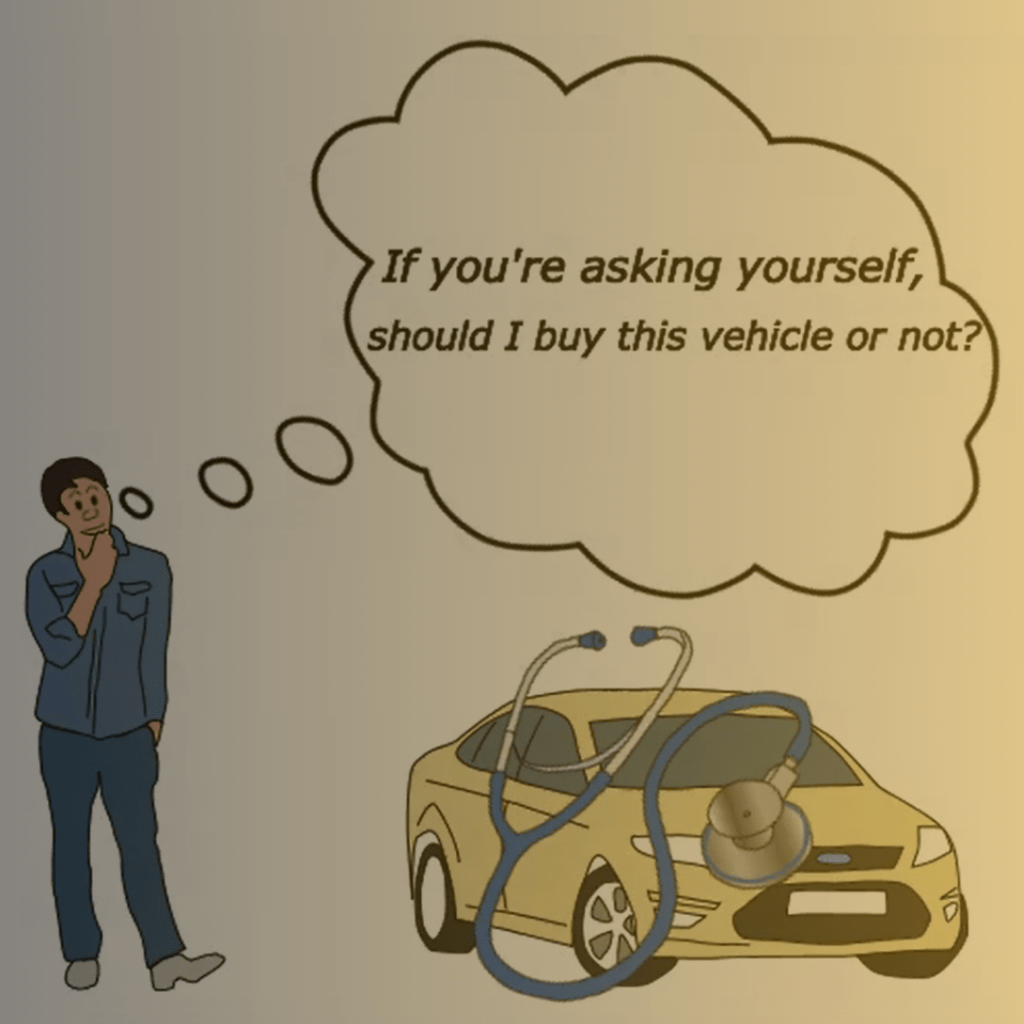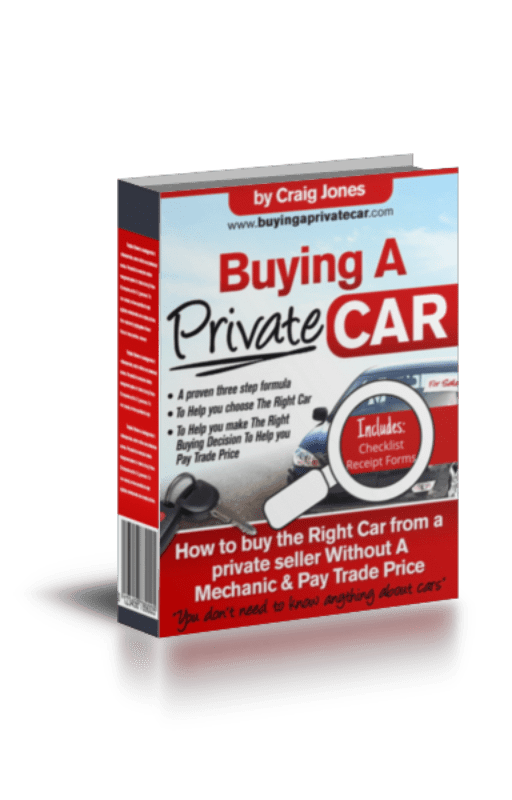Buying A Private Car eBook is your a-z guide to buying a second hand car from a private seller
Know what to look for when buying a second-hand car, questions to ask, negotiation and checklist to protect yourself and buy confidently!
Know what to look for when buying a second-hand car, questions to ask, negotiation and checklist to protect yourself and buy confidently!
How to buy the right car from a private seller WITHOUT a mechanic and pay trade price!
Buying a car is a big decision, not something you do on a whim. There’s a lot to consider before you sign on the dotted line. This book is designed specifically for non-mechanics who want to avoid getting ripped off.
Without the right knowledge, you risk wasting money on the wrong car. If you’re not familiar with car mechanics, this book will be your guide. It takes you step-by-step through the entire process in a clear and easy-to-understand way.


Just click on the below button to proceed to a secure server and order with your credit card or PayPal for $27 $17 Once your credit card is approved you will then proceed to the thank you page where you can instantly download your PDF copy of this fantastic book.
…Because your satisfaction is 100% Guaranteed! It’s important to me that you discover what’s inside my eBook (and get your dream car without getting ripped off! ). So I want you to feel safe pressing the link and claiming my eBook. So here’s the deal. Get my eBook today and browse through it (or read the whole thing if you’d like). Take up to 30 days to see what you think and…
Then just write me an email saying so, and I’ll refund your investment ASAP. I won’t ask any questions and we’ll part as friends. Click the link below to get started now…see you on the other side!


You have nothing to lose…because your satisfaction is 100% Guaranteed!
Have a qualified motor mechanic looking over your shoulder guiding you every step of the way to find the best used car, negotiate trade price and protect yourself…

If you need assistance please contact Craig.